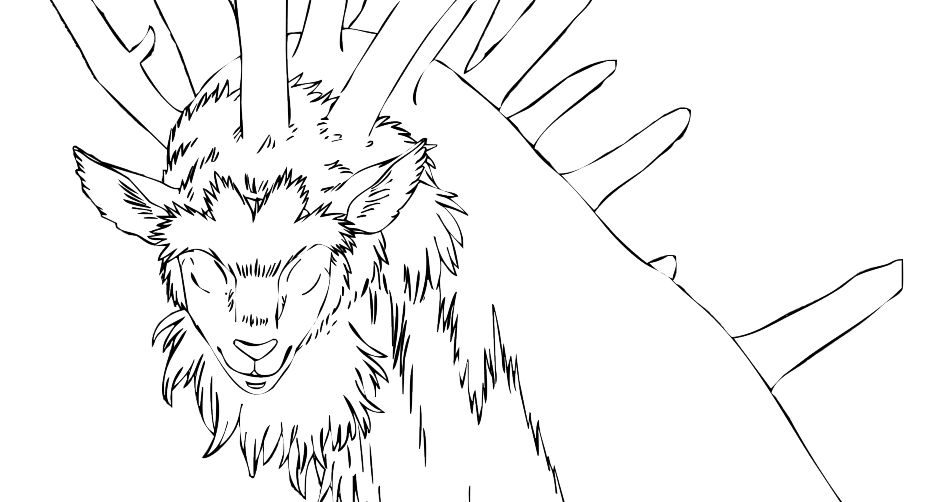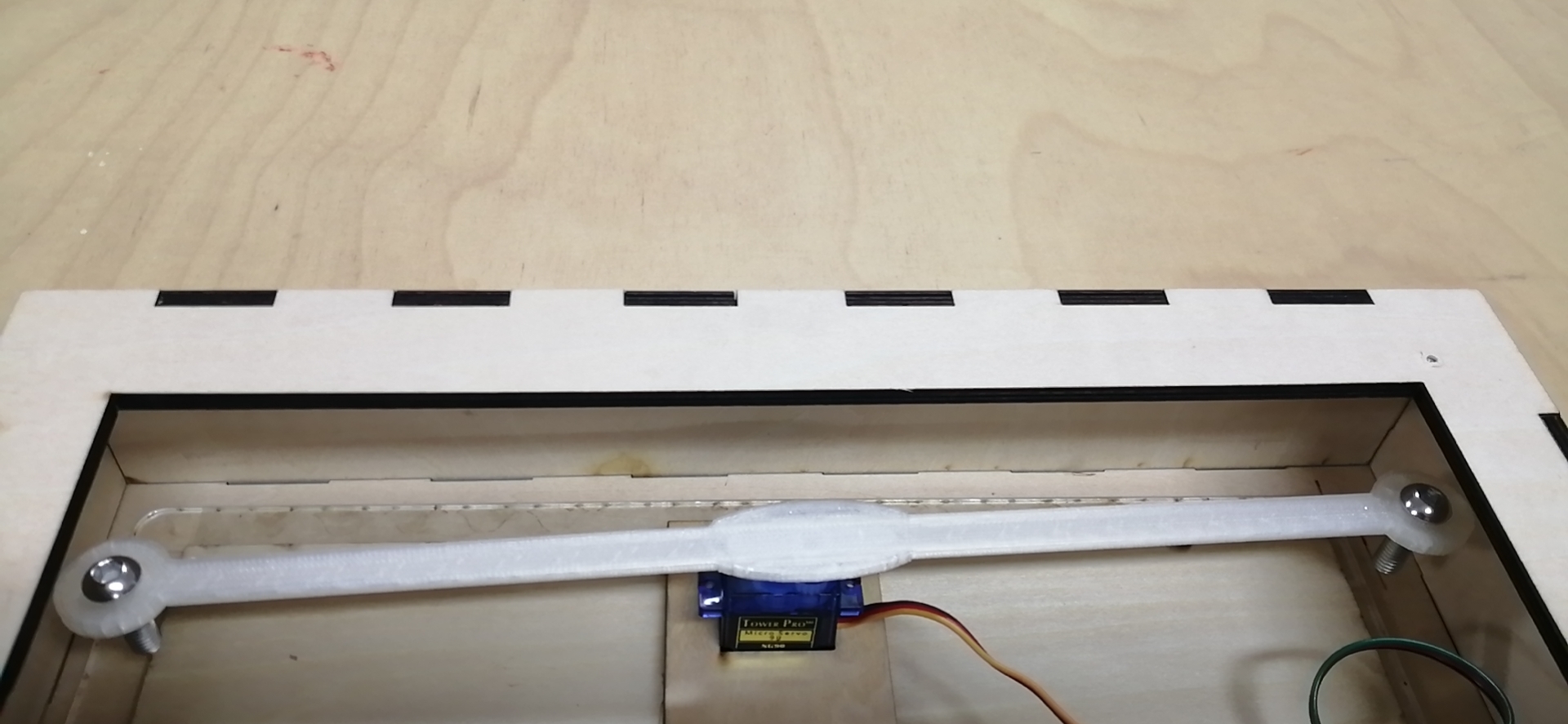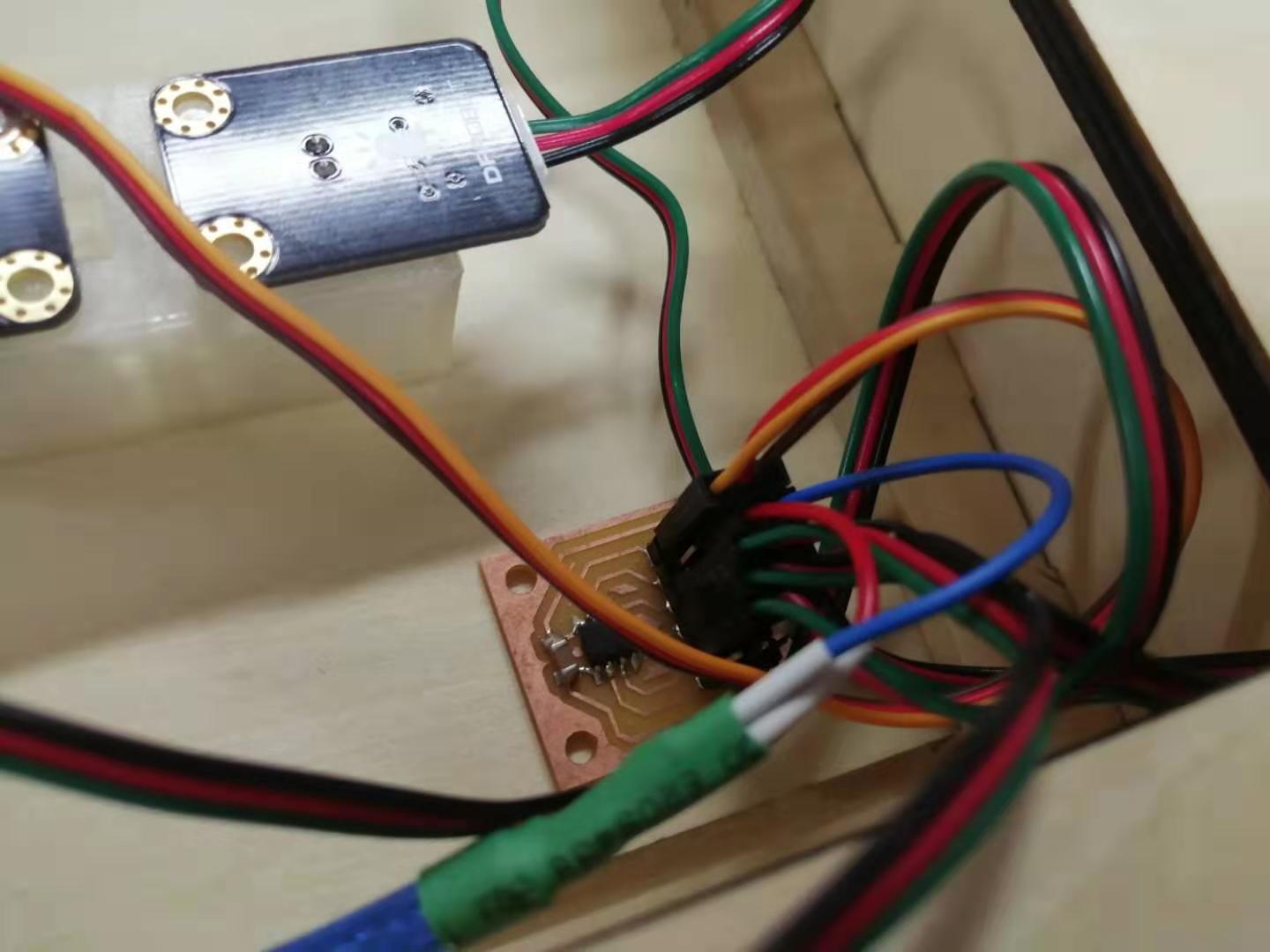week10
11.Applications and Implications
I switch my final project from the original one very late in the semester, so I write this page after I finish my final project. I know that this assignment should be a mid term checkpoint, but considering this week's assignment is the same as in the project presentations page, I will answer these questions with my project finished, but leave the making process to the presentation page. For me, this documentation may be the starting point for future progression and next generation.
I think an another difference between this week and the wildcard week is, this week is about the possibilities and the range of what this course can do, while the wild card adds new potential possibilities to it.
___________________________________________________________________________
What will it do?
My project is a picture frame that interacts with people. It has a tilt sensor that when tilting the frame into one end, the frame will vibrate and shine.
Who's done what beforehand?
Harm in year 2020 made a picture frame with thermochromic painting. "The painting shows the wind forecast by changing color according to the forecast."
What questions need to be answered and be evaluated?
1.How do I want my picture to be and interact?
What do I want to have in the picture? Will it be a view scene or a figure? If it's a figure, I may have its eyes glow or move. will it be one layer or multiple layers? More may be better, so I can maybe separate its tail from its body and impose another movement to it. But more means more complicated. I also have to decide how do I "draw" the figure onto the picture. If I choose laser cut, should I cut, half-cut, or engrave and which part. But, I should keep the style close together. If I want the eyes glow red and body vibrates, the figure I choose should be scary and formidable, not cute. That's why I choose the figure below.(image) It's a god that protects the forest in an animated movie. And what material, hence texture, I want to have to reflect that style. what material of the eyes made of, through which the light will pass through.

2.How do I want my frame to be?
I like to have my frame like a regular picture frame. Because the most important impression I want people have is picture frame, then "interactive". But Neil said laser cut boxes are too simple. So I'm thinking to add more complexity to the frame in the future. But, I might well keep the front glass, so it still has a looking of a picture frame. When setting the parameters, the size of the frame shouldn't be too large, so that it turns into a "box".
3.What output devices should I use?
The main ideas are LEDs representing the eyes and vibration representing the breathe. The best output for vibration is said to be DC motor. The less optimal choice is servo motor. I have tried servo motor in several ways. I try to create the vibration effect through hitting the frame. My instructor suggest me to 3d print an arm support for the servo motor. But the sound created by the hitting is very distracting, so we finally put it somewhere else in the frame where the arms will keep untouched.(Image below) Nevertheless, the idea is that people will feel the vibration with their hands while holding it. So, either the sound created by the motor itself or the friction needs to keep low. The final effect of the output devices should imitate the life of an animal.

4.What input devices should I use?
After choosing the output devices, I start thinking of what I want to trigger them. At the beginning, I want to trigger them by touching the picture, like when you do to an animal. There are two devices I come up with. One is sonar. I can put sonars on the edge of the picture, so it will detect any distance change when it senses the hand. The other one is step response. There are also two options mainly. I can use step response to detect touch or pressure. But I'm not sure how to do it. Switching to tilt sensor may be a practical one, in my case. But the ideal circumstance is that we trigger the effect by interacting and playing around with the frame, and make the interaction fun and persuasive.
What materials and components will be used?
1.5mm Plywood for the frame and 3 mm for the picture.
2.4 mm acrylic for the front glass.
3.Microcontroller chip.
4.Input and output modules. I bought a tilt sensor, a servo motor, two red LEDs online. The reason I bought them online instead of making my own is because pins of these commercial products are all arranged in GND, VCC, signal in order. So when I design my electronics board, I can order the pins in the same way. Then I can connect and disconnect these modules easily, and even switch them to another ones if I need to.

5.Glass balls for the eyes. When I'm thinking what's going to be the eye part, I come up with the glass ball we use in Checkers. These glass balls are commonly used in Chinese checkers. I simply choose two I like the shape of.
6.3d printed parts. I have two parts that's 3d printed. One is a support for my servo's arm, the other one is for holding the glass eyes, as you can partly see the back of from the image above.
7.Power source. I use a power bank for power supply.
Where will come from?
They will come from Taobao, a Chinese website where people sell almost anything online.
How much will they cost?
Some parts are sold separately. Some parts aren't. If not, I will buy the whole package as the price.
2x red LEDs, 20 yuan.
1x servo motor, 12 yuan.
1x tilt sensor, 5 yuan.
3d printed material, 0.7 dollar.
Checker, 21 yuan.
power bank, 47 yuan.
1x 4mm acrylic, 11 yuan.
1x plywood, 50 yuan.
What processes will be used?
Computer-aided design. I need to design my picture in 3d software to be ready for laser cutting.
Laser cutting. This includes the frame, front glass, and picture.
3d printing. servo arm support and glass balls holder will be 3d printed.
Electronics design and production. Make my own microcontroller board from scratch which is designed for the purpose of the project.
Embedded programming. Program the microcontroller.